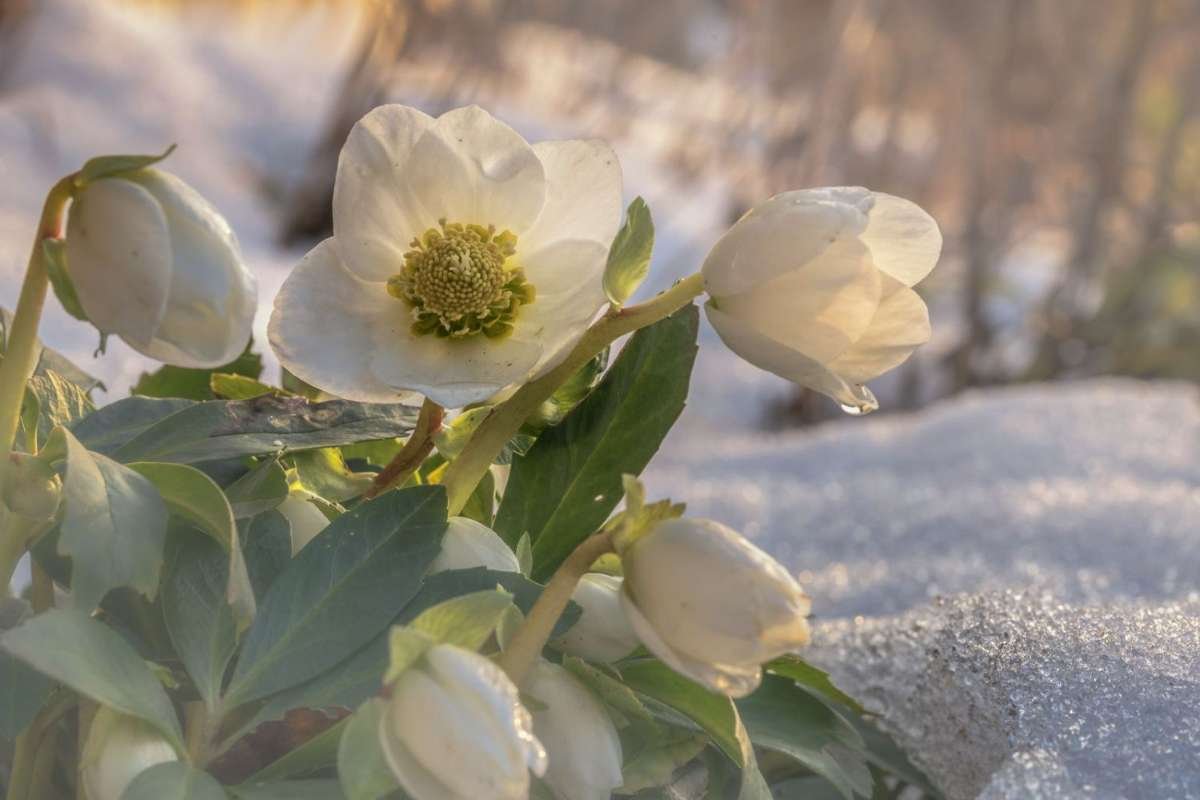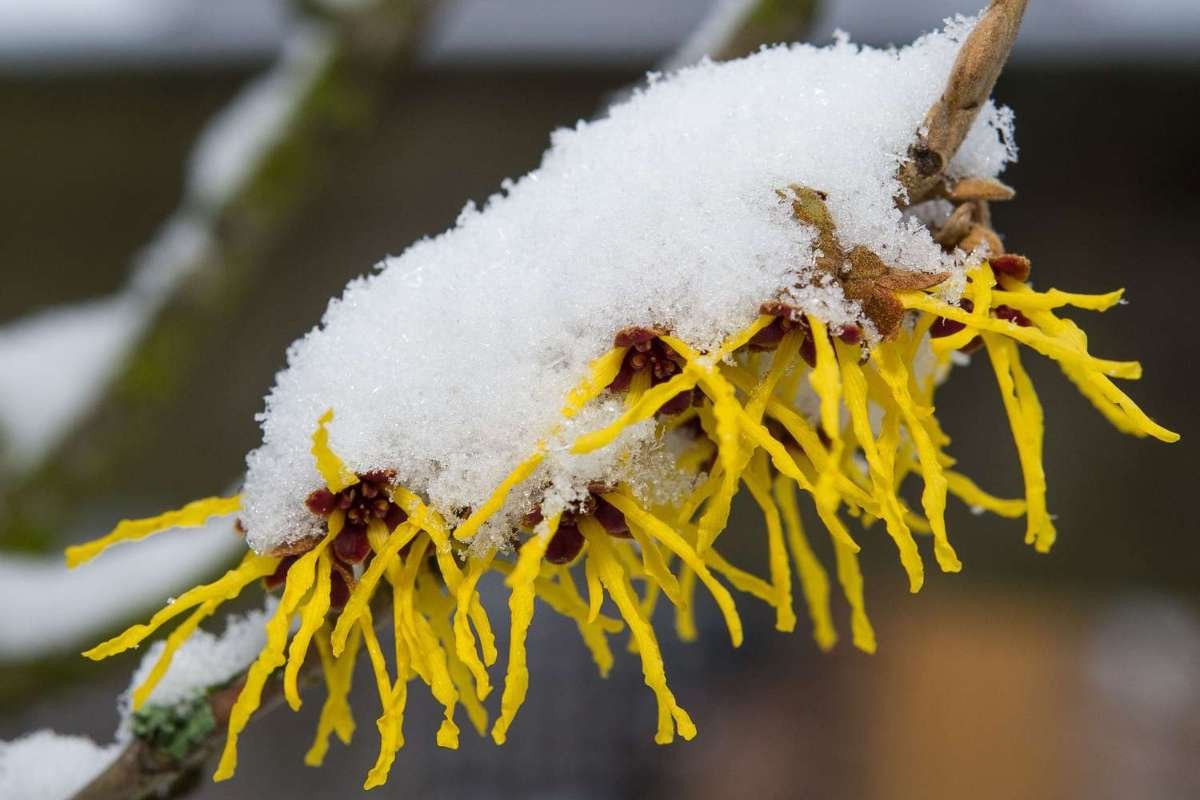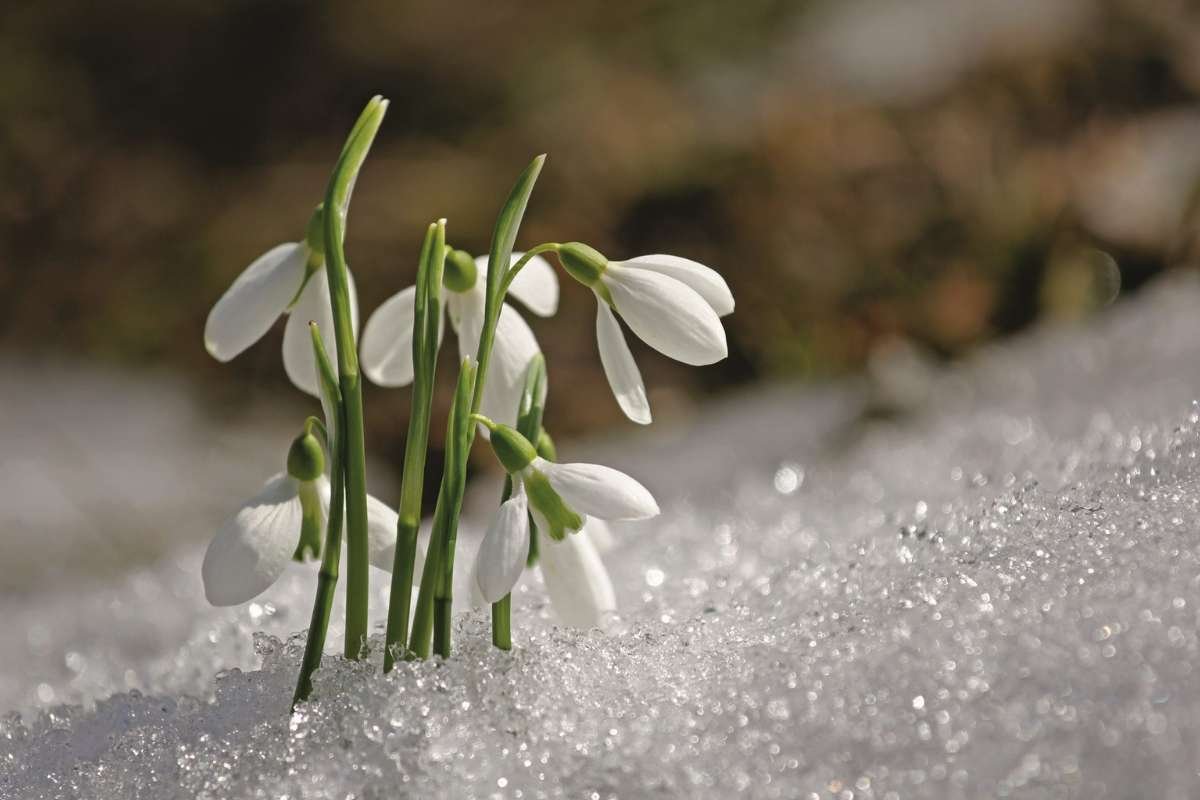When winter comes around, the majority of people think that the floral world is hibernating. Frosty mornings, shorter days, and trees devoid of leaves suggest that color has faded away until spring returns. But nature has its surprises. There are many flowers that bloom in winter, bringing life, color, and fragrance to otherwise dull gardens. From dainty snowdrops to brazen camellias, these raw-weather bloomers resist the chill and show that beauty can flourish no matter how chaotic the climate.
Why some flowers thrive in winter?
It’s fascinating how certain plants adapt to extreme temperatures. These flowers that bloom in winter have evolved to withstand frost and limited sunlight. Their secret lies in their biological makeup—many have waxy coatings, antifreeze-like sap, or structures that protect their buds from freezing. For gardeners, these winter bloomers are not just beautiful—they’re also hardy, resilient, and require minimal care once established.
Here are the top 9 flowers that bloom in winter:
1. The Magic of Snowdrops (Galanthus)
Among the first signs that winter won’t last forever are snowdrops. These petite white bells emerge even when snow still blankets the ground. Snowdrops symbolize hope and renewal, making them a cherished sight in gardens and forests alike. Plant them in clusters beneath trees or along garden borders, and they’ll naturalize beautifully, multiplying year after year. Their resilience and charm make them one of the most beloved flowers that bloom in winter.
2. Camellias: The Winter Roses
Camellias are stunning evergreens with glossy leaves and blooms that can rival any rose. Originating in Asia, camellias come in shades of red, pink, and white. They bloom from late fall through early spring, depending on the variety. Camellia japonica, for instance, thrives even when temperatures drop near freezing. To grow them successfully, plant camellias in well-draining, slightly acidic soil, and protect them from harsh winds. Their long-lasting blossoms make them a highlight in winter gardens and one of the showiest flowers that bloom in winter.
3. Hellebores: The Christmas Rose

Hellebores, often called the “Christmas Rose” or “Lenten Rose,” are another winter gem. Their nodding blooms appear between December and March, bringing soft hues of pink, green, purple, and white to the cold season. Unlike other flowers, hellebores thrive in partial shade and moist soil. They’re also deer-resistant and evergreen, making them ideal for shaded gardens. Hellebores not only beautify the landscape but also attract early pollinators—proof that even in the coldest months, nature keeps working behind the scenes.
4. Winter Jasmine: Sunshine in the Snow
Bright yellow and full of cheer, winter jasmine (Jasminum nudiflorum) is a climbing shrub that bursts into bloom from December through March. It doesn’t have the typical jasmine fragrance, but its vivid flowers stand out brilliantly against bare branches and snow. Train it along a trellis, fence, or wall for a cascading effect. With its early bloom time and durability, winter jasmine adds a touch of brightness to the bleakest season.
5. Pansies and Violas: Colorful Survivors
Pansies and violas are cool-season favorites that can survive light frost and bounce back after chilly nights. Their cheerful “faces” appear in almost every color imaginable—purple, blue, yellow, and white. These hardy annuals thrive in containers, garden beds, or window boxes, adding instant color to dull winter days. Regular deadheading ensures continuous blooms. When other plants fade away, pansies remain a steadfast reminder that color is possible year-round.
6. Witch Hazel: Fragrant Winter Fireworks

Few shrubs can compete with witch hazel when it comes to winter interest. Its spidery yellow, orange, or red petals appear in midwinter and often have a spicy, citrus-like fragrance. Witch hazel (Hamamelis) flowers even when snow covers the ground, creating a fiery contrast against the cool backdrop. It’s also a low-maintenance plant that provides beautiful fall foliage and medicinal uses, making it a year-round favorite for garden enthusiasts.
7. Cyclamen: The Jewel of Frosty Windowsills
Cyclamen are known for their heart-shaped leaves and elegantly twisted blooms. These tender perennials prefer cool indoor or sheltered outdoor spots, making them perfect for winter containers or windowsills. Their vibrant shades—ranging from deep magenta to pure white—light up spaces effortlessly. Cyclamen thrive best with moderate watering and indirect sunlight. They’re living proof that beauty doesn’t fade with the cold—it simply adapts.

Meet the Most Beautiful Flower in the World That Feels Straight Out of Heaven
This guide shows the top 20 blooms that capture hearts worldwide. Each one proves why nature’s art deserves to be called the most beautiful flower in the world.
8. Primroses: Early Messengers of Spring
Primroses often begin to flower as early as January, bridging the gap between winter and spring. Their delicate blooms come in nearly every color, often with contrasting centers. They prefer cool temperatures and moist, well-drained soil. Gardeners love them for their ability to spread naturally, forming colorful mats that return year after year. Primroses also symbolize youth and renewal, fitting for a season that slowly awakens from slumber.
9. Mahonia: Golden Blooms for the Cold

Mahonia, also known as Oregon grape, is an evergreen shrub with spiky leaves and bright yellow blooms that appear in late winter. Its fragrant flowers are followed by blue berries, adding multi-seasonal appeal. Mahonia thrives in partial shade and poor soil, making it a low-effort plant for busy gardeners. Beyond its beauty, it attracts bees in early spring, supporting local ecosystems even when most other plants are dormant.
Tips to Grow Winter-Blooming Flowers Successfully
To make the most of these cold-weather wonders, consider these tips:
- Choose the right species: Not all varieties within a species are frost-tolerant. Research before planting.
- Soil preparation: Use well-drained soil to prevent root rot during wet winters.
- Mulch generously: Mulching insulates roots and maintains consistent soil temperature.
- Sunlight matters: Even winter bloomers need light—opt for spots with partial to full sun.
- Container care: For potted plants, move them to sheltered areas during severe cold snaps.
A little planning goes a long way in maintaining color throughout the cold months.
Why You Should Plant Winter Flowers?
Winter flowers bring more than aesthetic appeal. They:
- Support pollinators like bees and early butterflies.
- Improve mental well-being by adding color to grey days.
- Create continuous visual interest in your landscape.
- Symbolize resilience and hope—qualities we can all appreciate.
By cultivating flowers that bloom in winter, gardeners turn a seemingly lifeless season into a living masterpiece.
Conclusion
Most gardens go to sleep at the frost, yet other plants continue to live and thrive. From the graceful beauty of snowdrops to the extravagant display of camellias and witch hazel, these plants give new meaning to beauty in nature’s toughest season: winter. Whether you want to add some color to the outside world or the inside of a window box, welcoming flowers that bloom in winter provide your garden with a haven of color and hope, even in a world that appears to be preserving its stillness for the winter season.









